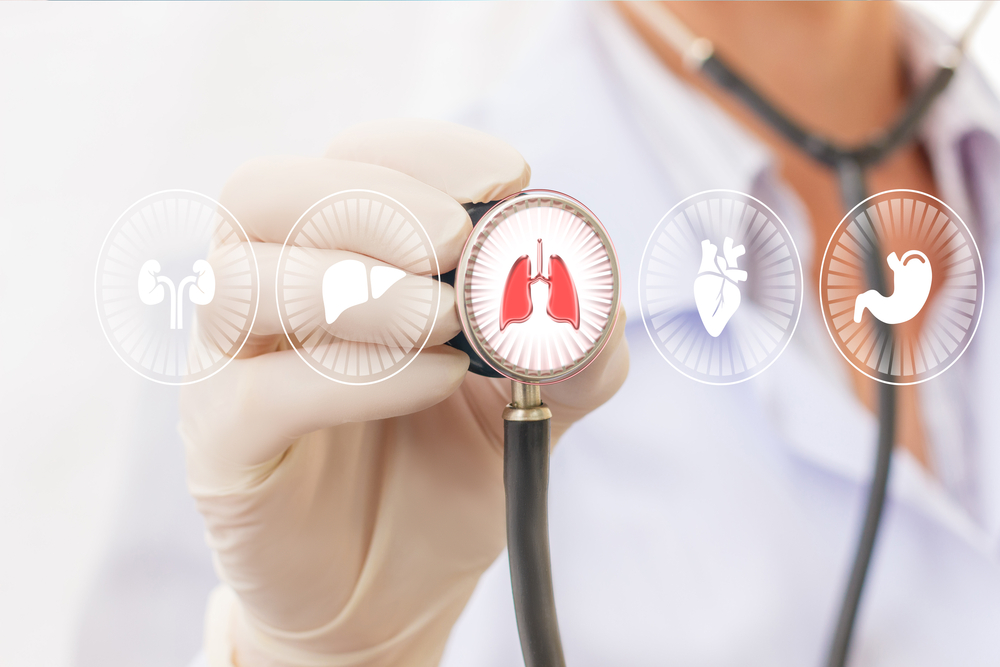Prerequisite Response Achieved in 83% of Patients After Levosimendan Infusion in HELP Trial

Fifteen out of 18 patients (83%) enrolled in the Phase 2 HELP study testing levosimendan achieved the predefined response required in the open-label phase of the study, Tenax Therapeutics announced.
The investigational therapy is a potential treatment for pulmonary hypertension (PH) and heart failure with preserved ejection fraction (PH-HFpEF).
The response criterion was that, by 24 hours after infusion, each patient’s pulmonary capillary wedge pressure (PCWP) must have decreased by 4 mmHg or more during supine (laying down) exercise. PCWP is an indirect method to measure the pressure on the heart left atrium.
The 15 patients showed a mean reduction of 8 mmHg in the PWP.
“We are excited to provide this interim update regarding the HELP Study enrollment and preliminary responder information. While these open-label hemodynamic responses are preliminary, it is encouraging to see such favorable responses,” Anthony DiTonno, CEO of Tenax Therapeutics, said in a press release.
Levosimendan belongs to a class of compounds known as calcium sensitizers. It works through a unique mechanism of action that helps improve contraction of the heart muscles, without increasing the requirement for oxygen. In people with PH-HFpEF, the heart muscles are too weak to pump blood properly, despite the fact that the heart beats normally.
Tenax is investigating the safety and efficacy of levosimendan in people with PH-HFpEF in the HELP (Hemodynamic Evaluation of Levosimendan in Patients with PH-HFpEF) study, a multi-center, double-blind, placebo-controlled clinical trial (NCT03541603).
The trial is expected to enroll approximately 36 adults with confirmed PH-HFpEF, who will be randomly assigned to receive weekly infusions of levosimendan or a similar dose of placebo, for six weeks. This short-term study will evaluate the impact of the investigational treatment on the exercise capacity of the PH-HFpEF patients.
Individuals who complete the initial 6-week protocol, and have not shown signs of adverse effects, will be transferred over into a 2-year, open-label, extension-phase study (NCT03624010).
“The high initial response rate, and the magnitude of the initial response with exercise has exceeded my expectations,” said Stuart Rich, director of the pulmonary vascular disease program at the Bluhm Cardiovascular Institute at Northwestern University, and the principal investigator of the HELP study.
“I remain very hopeful that we may have an effective treatment for PH-HFpEF for the first time,” Rich said.
Tenax expects full enrollment in the trial and top-line data to be available in the first quarter of 2020.







